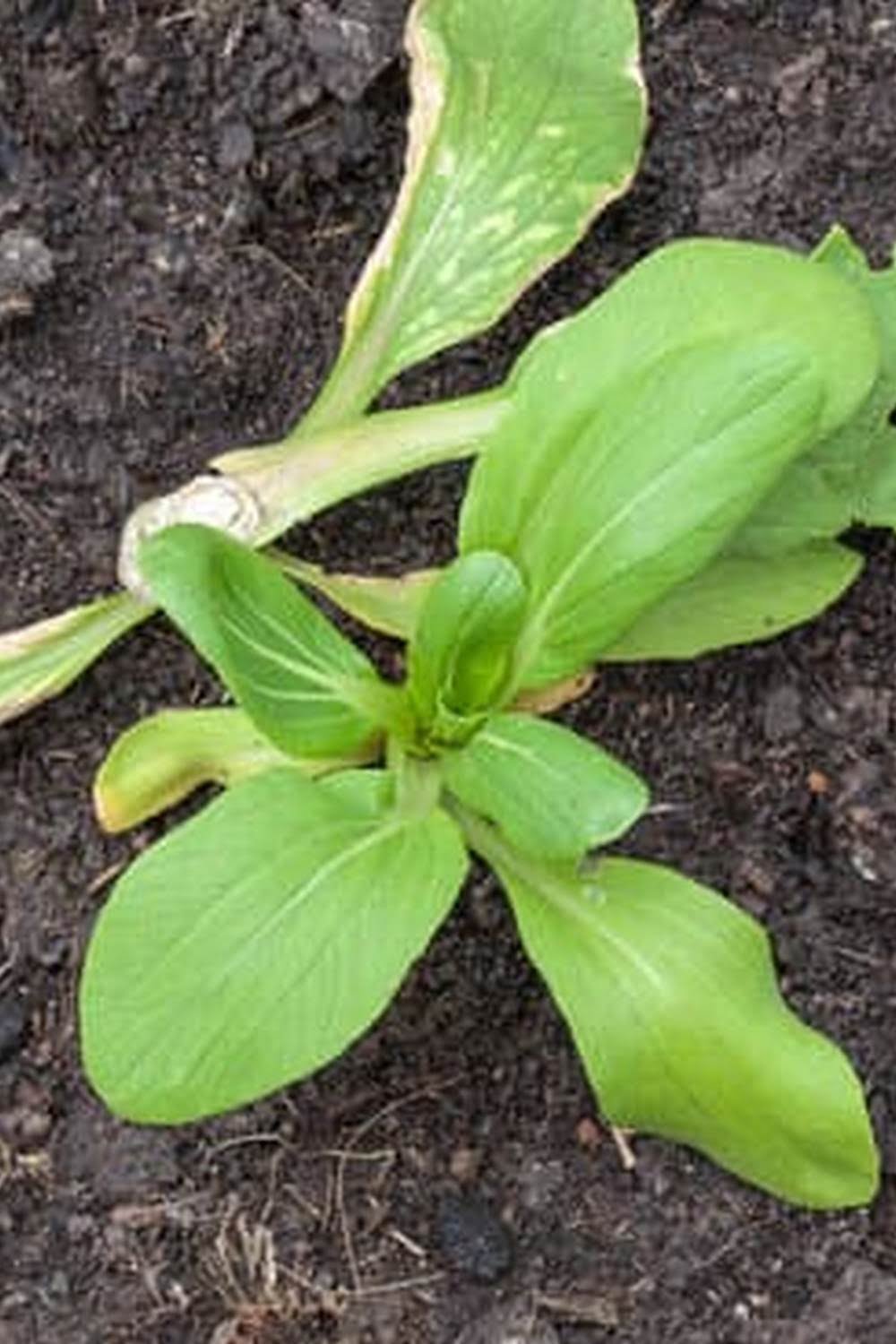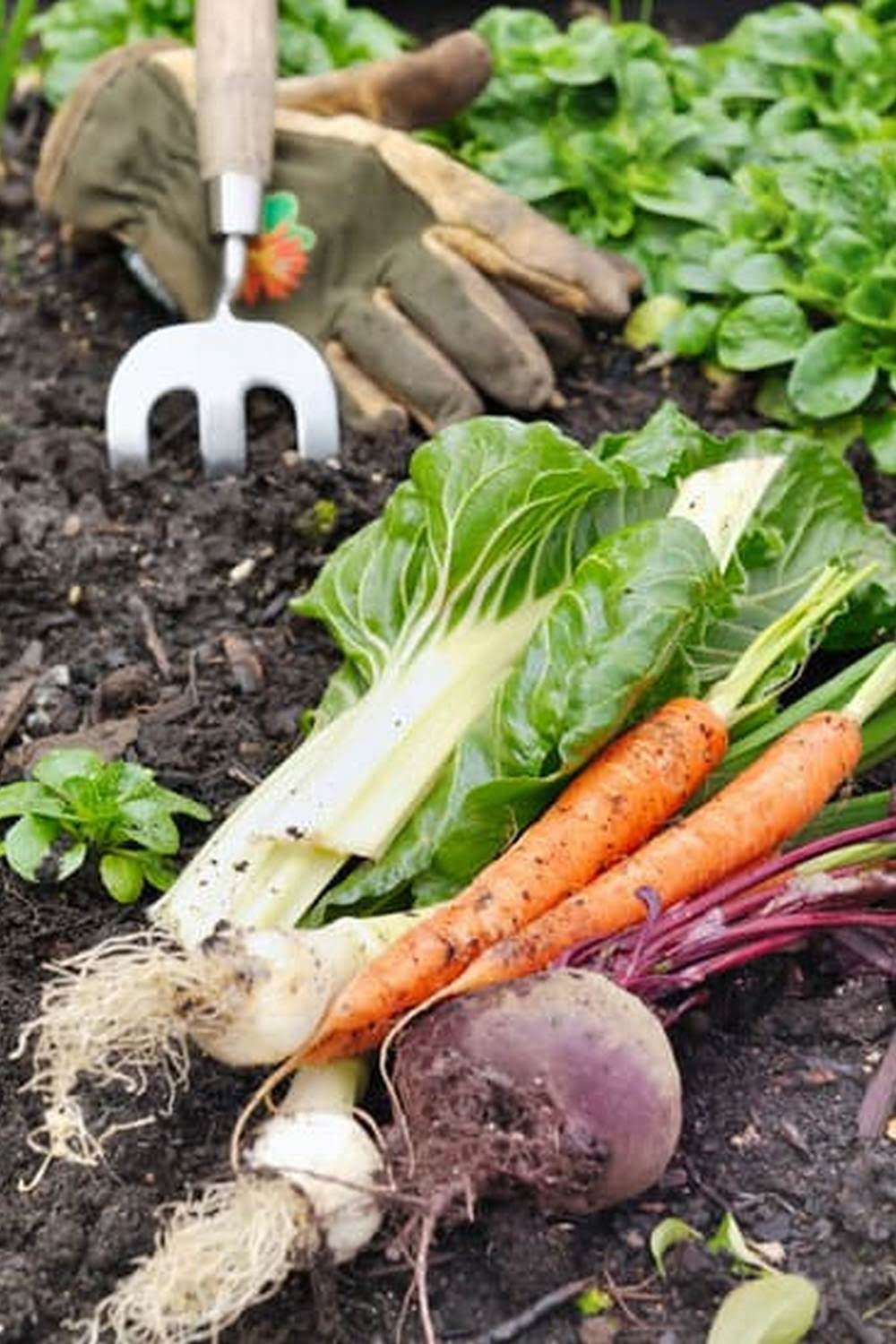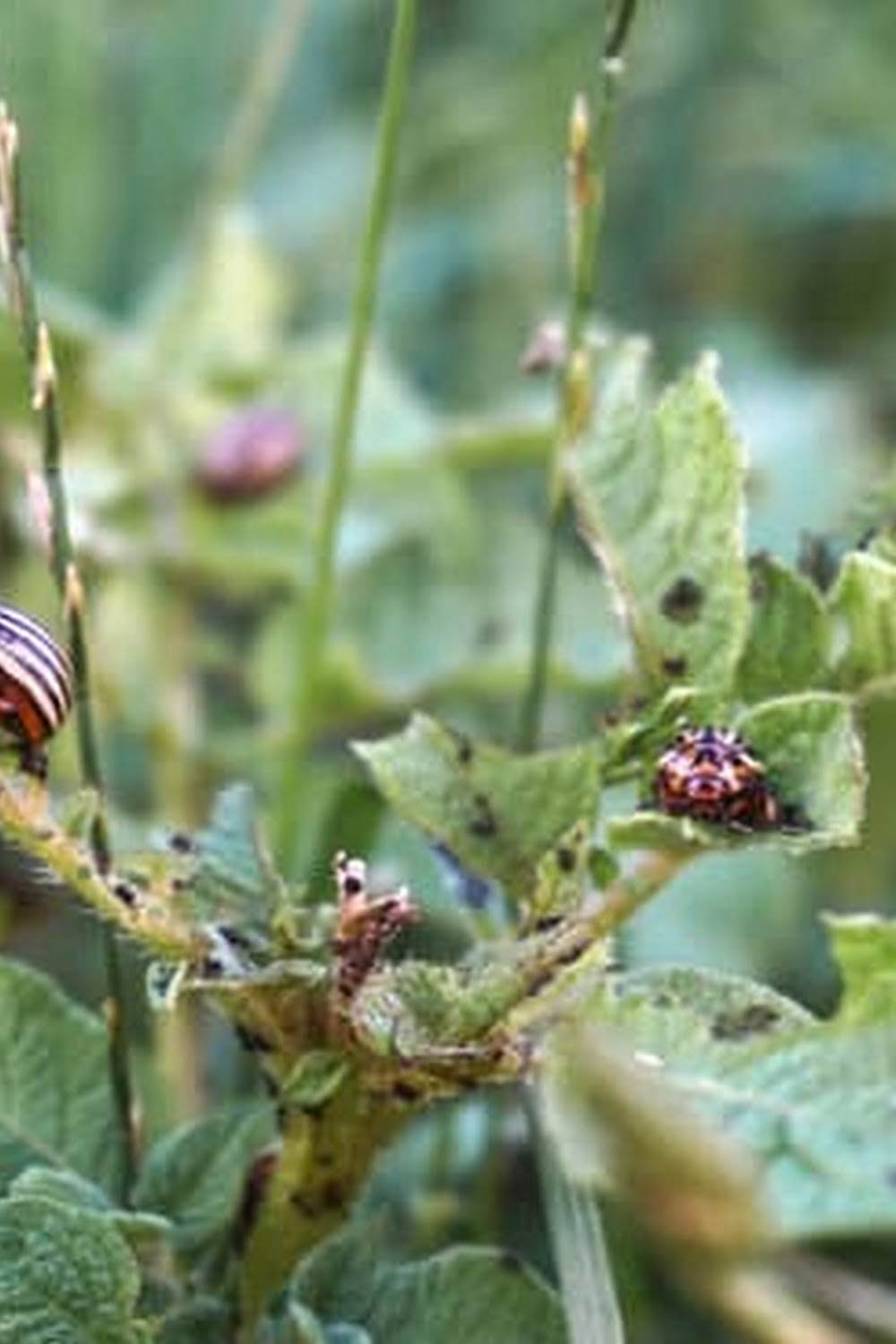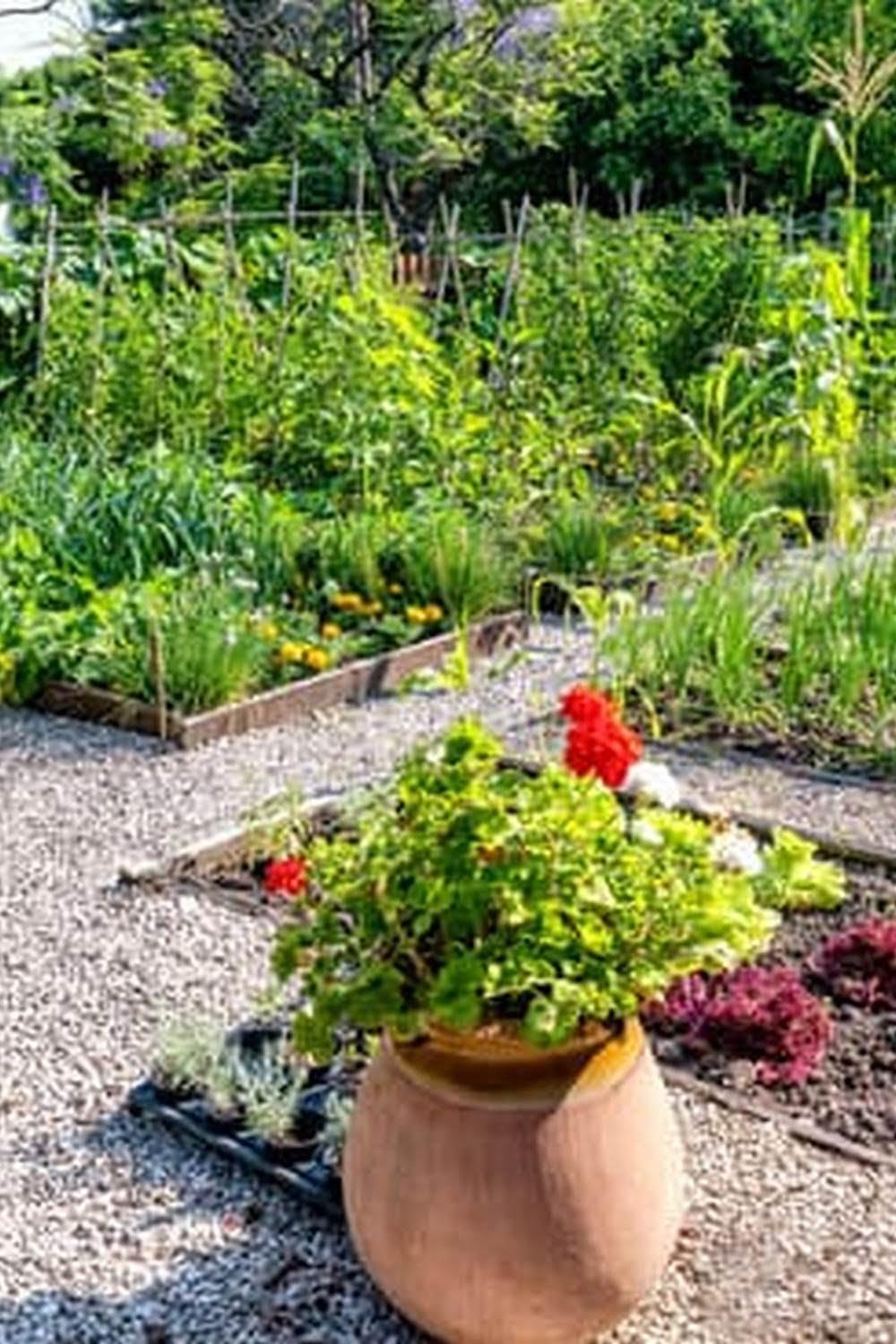Introduction
When it comes to choosing the right soil for a vegetable garden, there are several factors that should be considered. Many home gardeners understand the importance of good soil in establishing and maintaining a healthy, productive vegetable garden, but they may not know what type of soil they should buy or how to evaluate it to determine if it is suitable for growing vegetables. Knowing what kind of soil is best for your location and how to assess its quality will help ensure success when planning and planting your vegetable garden.
The primary factor you must consider when purchasing soil for a vegetable garden is the pH level of the soil. Put simply, pH measures how acidic or alkaline (basic) something is on a scale from 0-14 with 7 being neutral. The pH of most soils typically range from 4 – 8.5 It is important to have your soil tested in order to determine its exact pH level because many plants prefer specific ranges within that range. For example, tomatoes tend to do better in slightly acidic soils (pH 6 or below) while peppers prefer more neutral or alkaline soils (7- 8). Additionally, fertilizers can change the PH levels so you need to be careful not adjust the pH once you start adding nutrients to your garden bed.
Once the ideal range has been determined based on desired plants, you can purchase appropriate soils accordingly. The type of soil should also be taken into account since this varies depending on climate and region; two commonly used types are clay loam and silt loam which slowly release water allowing adequate access for plant roots while also maintaining well-drained conditions. If hard-packed clay or sandy soils are present then amendments such as sand and organic matter may need to be added in order add texture and fertility respectively.
Finally, take time assessing quality before making a purchase – look at particle size distribution; larger particles provide good drainage while smaller ones retain moisture; good compost should contain anything from 25-50% organic matter providing essential nutrients; avoid product with large numbers of weed seeds that could contaminate your bed with undesirables; lastly check best before dates -all bagged products come with them -if expired don’t buy!
Analyze Your Garden’s Environment
When deciding which soil to buy for your vegetable garden, it is important to analyze the environment of your garden. Consider how much sun and shade your garden receives throughout the day, how well the soil drains, and any existing plants in the area of your garden. Also consider the amount of organic matter in the soil; a healthy vegetable garden typically needs organic matter like compost, or other materials like manure or peat moss. Ask yourself if you need a pre-fertilized soil mix or a particular type of soil such as loamy or sand-based. Knowing the pH level of your soil can help you decide what kind of soil to purchase. Consider factors such as local climate, rainfall amounts and seasonal temperatures when choosing which soil to buy for your vegetable garden. Ultimately, look for a soil with plenty of nutrition that will promote root growth and provide balanced fertility.
Understand the Benefits of Organic Soil
Organic soil is a beneficial type of soil for vegetable gardens because it is an all natural and sustainable source of vital nutrients and minerals. Organic soil helps to promote water retention and good drainage, essential components to the successful growth and health of your garden. Additionally, organic soils boast higher levels of microbial life, which are perfect for nurturing your plants. These microbial lifeforms can improve your soil’s texture while helping to ‘feed’ the plants in your garden with necessary minerals. By using organic soils over non-organic types you help minimize the negative environmental impacts that come with chemical fertilizer use. Not only do organic soils prevent the potential damage caused by improperly used synthetic fertilizer, but they also create a healthier environment that is in sync with nature. Organic soils are sourced from naturally occurring materials such as compost, rocks and aquatic plant matter; these native ingredients promote more diversity within your garden’s ecosystems by creating favorable living conditions for insects like worms and bees.
Consider These Factors When Choosing Soil
Before investing your time, money, and energy into growing vegetables in your garden, it is important to select the right soil. The soil you choose should match the desired growth of the plants you are looking to cultivate and provide them with all the nutrients they need to thrive.
When deciding which soil to buy for your vegetable garden, you should consider several factors. One primary factor is nutrient composition; this will determine what kind of fertilizer should be used. Different types of soil also contain various amounts of water or moisture and can affect drainage capabilities. Also, consider if your garden is located in a sunny or shady area – some soils require more direct sunlight than others. pH level of soil can also impact plant growth; pH levels lower than 6 indicate acidic conditions while higher ranges are more alkaline; plants vary in terms of how much acidity they can tolerate. Additionally, make sure to consider if weeds are common in the area – if so select a soilless mix that prevents weed growth. Lastly, ascertain if there is enough space or depth available for root systems– deep roots need deeper soils while shallow-rooted plants don’t require as much depth. Taking these factors into consideration before buying soil for your vegetable garden will help ensure that fruits and vegetables grow successfully!
1 Evaluate the Drainage
When considering which soil to buy for a vegetable garden, the drainage of the soil should be evaluated. Soils with adequate drainage will ensure that the vegetables planted in the garden don’t become waterlogged and therefore unhealthy. To evaluate the drainage of a soil you can easily do a basic test by digging a small hole in it and filling it up with water. If after an hour or so, most of the water has been drained away then this is usually indicative of good drainage. If not, it is wise to look for an alternative soil choice as one with poor drainage may cause health issues for your vegetable plants. Additionally, soils with good drainage will provide adequate aeration to help deliver vital nutrients and oxygen to plant roots.
2 Understand Texture Preferences
Different vegetables prefer different soil textures. While clay soil is great for forming raised beds, it can be difficult for some vegetables to break through its dense structure. Sandy soils drain quickly and encourage root growth, but lack the nutrients necessary to nourish plants adequately. Loam is a balanced mixture of sand and clay, with a good capacity for providing aeration and moisture retention. It is generally regarded as the ideal texture for growing vegetables. If your soil contains too much of one texture or another, you can amend it by adding compost or peat moss to raise nutrient levels and help retain water in silty and sandy soils, or to buffer clay soils so that roots can penetrate them easily. Additionally, avoid using nitrogen-heavy fertilizers, as they disturb the beneficial bacteria in your soil which are essential to providing food to your plants.
3 Look at Fertilizer Needs
When deciding which soil to buy for your vegetable garden, it’s important to consider the fertilizer needs of the plants you plan to grow. Different types of vegetables have various nutritional requirements, so choosing the right soil is essential. Generally speaking, you should look for a soil that has a high amount of nutrients, provides good drainage and aeration, and encourages root growth. If your soil lacks some important nutrients, or you want to ensure your plants are getting all their necessary nutrients, adding inorganic fertilizers can help provide the necessary boost for optimal vegetable growth. Many organic fertilizers are available as well if you prefer to keep it natural. Additionally, specific soil amendments such as rock dusts or composted animal manures can be used to enhance soil fertility.
Narrow Down Your Options
When trying to decide which soil to buy for a vegetable garden, it’s important to narrow down your options. Consider factors such as your climate, budget, and size of the vegetable garden you’re creating as these will help you determine how much soil you need and the type of soil that is best suited for your location. Research what soils work for different vegetables in your area, as different plants prefer different soils. For example, certain root vegetables may need more sandy ground than leafy vegetables.
Also consider factors such as the release of nutrients in the soil and its capacity to retain moisture. Nutrients can be added after purchase if needed, but it’s important to pay attention to the ability of the soil you purchase to retain water – especially if your area is prone to drought-like conditions or has extended periods without rain. Additionally, soil type (clay vs. sandy) can play an essential role when determining which kind of soil is ideal for a particular environment and crop combination – not all soil types absorb and hold water well or supply adequate amounts of nutrients and oxygen at once, so check with local experts about the best choice for your specific growing conditions for optimum results.
1 Standard Topsoil
Standard topsoil is a great choice when creating a vegetable garden. It provides ample nutrients for vegetables to grow and develop. Topsoil should also be full of organic material and contain a balanced mix of natural compounds, minerals, and other compounds needed for plants to thrive. When buying topsoil for your vegetable garden, make sure it has been tested to determine its fertilizing capabilities and the vital trace elements required by vegetables. It should also have the requisite pH level necessary for healthy plants – this can vary depending on the specific type of vegetables you’re growing- as well as nitrogen content. Finally, choose soil that is free of any harmful substances or contaminants, such as heavy metals or pesticides. Make sure to check with your local gardening center or supplier to find soil that is perfectly tailored for your particular vegetable garden.
2 Structured Potting Soil
Structured potting soil is an excellent choice for a vegetable garden. Structured potting soil is typically made from processed and screened materials such as aged bark, compost, coir fiber, peat moss and perlite. This makes it free of weed seeds, pests and most diseases. Having fewer environmental contaminants also helps reduce the risk of plant disease. Structured potting soil also provides good drainage but does not dry out too quickly. This helps provide plants with consistent moisture levels so they can stay healthy and flourish without having to be continually watered each day. Additionally, this type of soil holds onto essential nutrients longer so plants can access them throughout their growth cycle. Planting vegetation in structured potting soil is an excellent way to ensure it has the resources needed to thrive.
3 Home-Made Compost
Making your own compost is a great way to provide your vegetable garden with necessary nutrients, while being more economical than purchasing ready-made soil. Compost is made of organic materials, including plants and animal waste such as leaves, grass clippings, manure and kitchen scraps. The combination of these ingredients in a diverse environment will work together to break down and decompose into a nutrient-filled soil perfect for vegetable gardens. To make sure your compost remains healthy and rich in nutrients, you’ll need to ensure it gets enough water and air occasionally turning it so the inner material can get exposure to oxygen. Creating compost takes time but the reward of healthier vegetables and a greener thumb is worth it.
Try Using Non-Organic Substitutes
When choosing a soil for a vegetable garden, many gardeners are opting to use non-organic substitutes. Unlike organic soils which contain natural additives and often come at a premium price, non-organic soils are typically composed of soil substitutes such as peat moss, wood chips, sand, and gravel. These substrates are generally less expensive than organic soils, since they don’t need additional ingredients for nutrition. However, it is important to note that non-organic substances lack nutrients that can be found in organic soils such as nitrogen and phosphorus. Gardeners will want to consider adding fertilizer or compost to the soil during planting if using non-organic material is desired or necessary. Additionally, gardeners should examine their gardens regularity as non-organic materials can increase salinity levels over time which can have an unfavorable effect on plants. With these considerations in mind, purchasing a non-organic substance may be beneficial for gardeners looking to save money but care must taken when doing so to ensure plants receive the required nutrients for optimal growth and health.
1 Consider Using Vermiculite
Vermiculite is an ideal choice of soil for a vegetable garden. It is lightweight, yet provides excellent aeration, drainage, and nutrient retention that vegetables need to thrive. Additionally, it has an ideal pH balance ranging between 7.0–7.5 which many vegetables prefer. When using vermiculite in your vegetable garden, make sure to moisten the soil before adding seeds or planting transplants and mix it with compost for more organic material which will help retain nutrients and moisture. Vermiculite is also great whenever it comes time to transplant seedlings, as it keeps the roots from being overly disturbed during the process.
2 Utilize Composted Manure
Composted manure is a great addition to your vegetable garden’s soil. It helps to improve the soil structure, fertility, and water retention qualities. In addition, it adds a host of beneficial nutrients like nitrogen, phosphorus, and potassium that plants need for optimal growth. Composted manure also encourages beneficial microbial activity in the soil as well, providing a major boost to plant health. Additionally, composted manure tends to be more cost effective than other fertilizers or soils you could use for your vegetable garden. Make sure to buy only composted manure from reputable sources so that it does not contain weed seeds or any chemicals.
Conclusion
In order to keep a vegetable garden healthy and thriving, you must buy the right soil. There are several factors that come into play when determining which is best, including the type of plants you want to grow, the size of your garden, and your budget. If you want the best soil for vegetables, look for one that contains large quantities of organic matter, such as composted manure or humus, as well as good drainage characteristics. Also important is ensuring that it has an appropriately balanced PH level of 6.5-7.0 – alkaline soils are better for certain crops like tomatoes, while acidic soils work well for root vegetables like potatoes. Additionally, consider whether you need a potting mix or a raised bed mix if your space does not have ideal soil conditions. Purchasing the appropriate soil can ensure that your vegetable garden is well nourished and able to thrive all season long!

If you’re looking to get into vegetable gardening, or are just looking for some tips on how to make your current garden better, then you’ve come to the right place! My name is Ethel and I have been gardening for years. In this blog, I’m going to share with you some of my best tips on how to create a successful vegetable garden.





